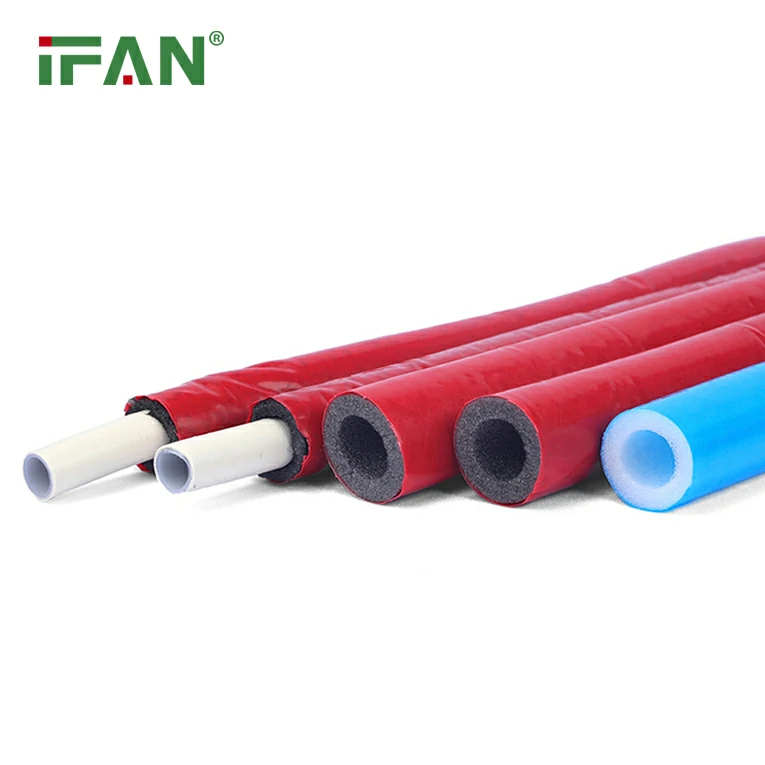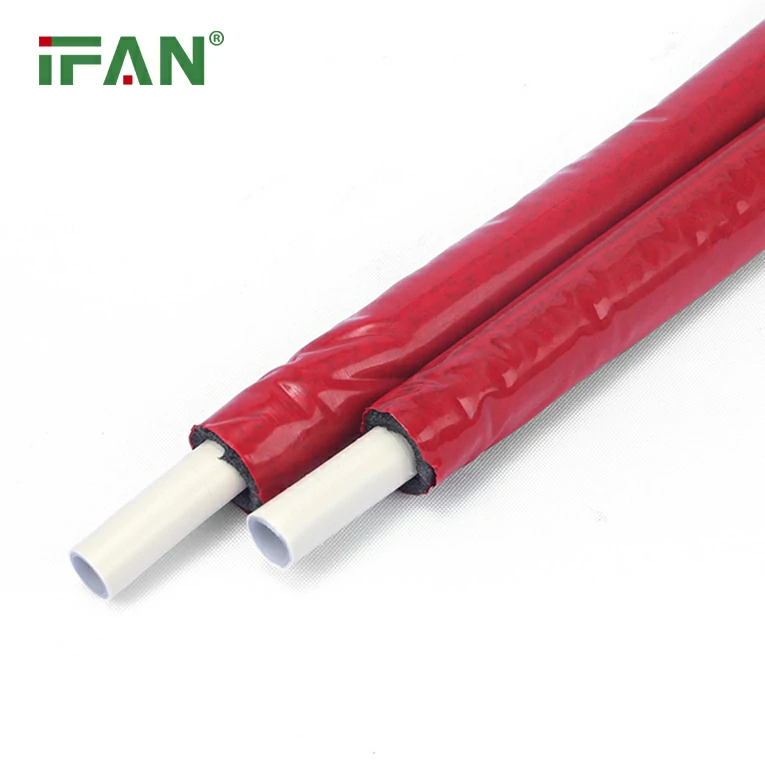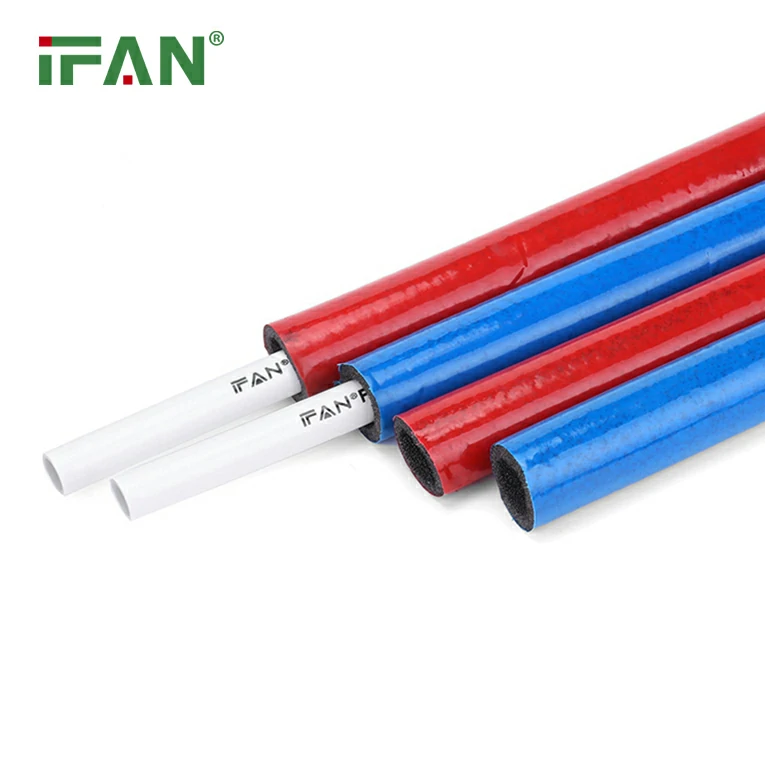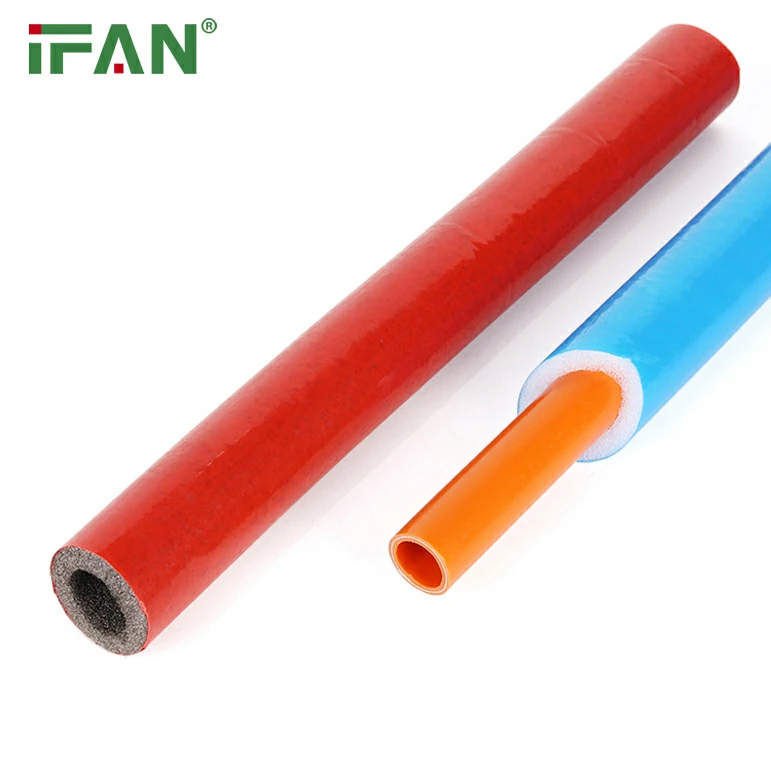PEX plumbing has grown in popularity over the years due to its numerous advantages, such as flexibility, ease of installation, cost-effectiveness, and resistance to corrosion. PEX pipes, made from cross-linked polyethylene, are increasingly being used in residential, commercial, and industrial plumbing systems. As the demand for PEX piping rises, many regions are adopting new building codes to ensure safety, quality, and compliance with local standards.
In this article, we will delve into the PEX plumbing code adoption, discussing its evolution, the importance of PEX fittings, how local and international regulations impact plumbing systems, and the overall benefits of embracing PEX in plumbing installations. We will also address common concerns about PEX plumbing systems in relation to safety and performance.
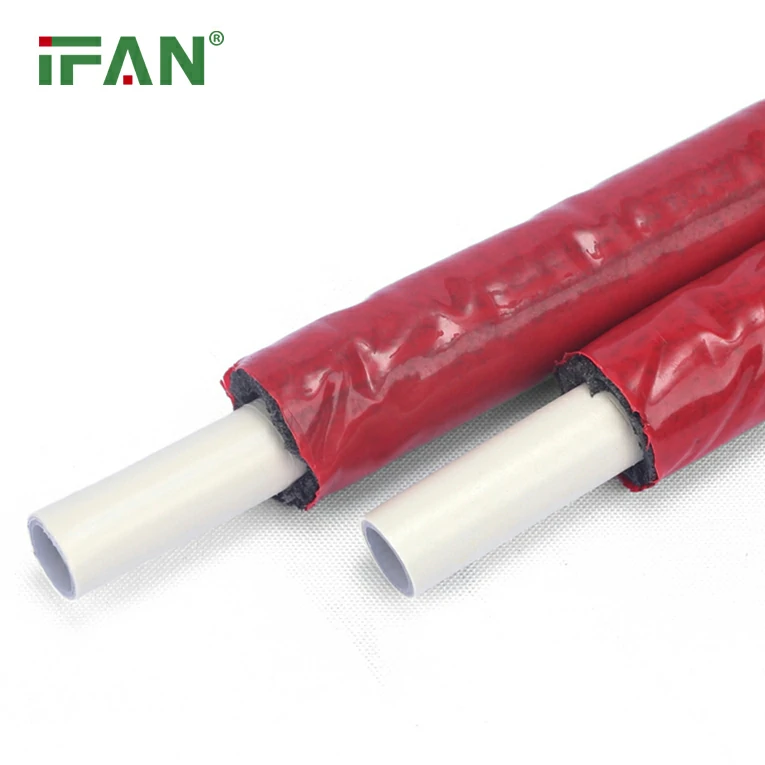
What Is PEX Plumbing?
Before we dive into the PEX plumbing code, let’s first understand what PEX plumbing entails. PEX (cross-linked polyethylene) is a type of plastic pipe that is used in plumbing systems for water distribution. It is an alternative to traditional copper, PVC, and CPVC pipes. PEX plumbing systems are highly favored because of their flexibility, which allows installers to bend the pipes without the need for additional fittings, reducing installation time and cost.
PEX pipes are used in both hot and cold water applications and are also frequently employed in radiant heating systems. The main types of PEX fittings include crimp, clamp, and push-fit varieties, each offering different methods of connecting PEX pipes to one another or to other plumbing systems.
Key Benefits of PEX Plumbing:
- Flexibility: Easy to install in tight spaces with fewer fittings.
- Corrosion Resistance: Unlike copper pipes, PEX pipes do not corrode over time.
- Durability: PEX pipes can withstand extreme temperatures, both hot and cold, without degrading.
- Cost-Effective: PEX plumbing is often cheaper than other materials like copper or PVC.
With these advantages, it’s clear why PEX plumbing has become a go-to solution for modern plumbing systems.
The Evolution of PEX Plumbing Codes
As PEX plumbing becomes more common, governments and regulatory bodies have developed codes to ensure its safe use in plumbing systems. The PEX plumbing code adoption process involves the approval and enforcement of safety regulations at both the national and local levels. Over time, PEX plumbing systems have undergone rigorous testing and been reviewed by standards organizations to ensure their safety and durability.
Early Development and Standards
In the past, PEX plumbing was not as widely accepted due to concerns about its longevity, chemical leaching, and resistance to high temperatures. Initially, only certain states in the United States allowed PEX piping systems, and there was limited international adoption. However, as PEX plumbing demonstrated its reliability in various climates and environments, it slowly gained acceptance.
Key organizations that have played a role in the development and approval of PEX plumbing codes include:
- The National Sanitation Foundation (NSF): Ensures that PEX piping meets health and safety standards for potable water use.
- The American Society for Testing and Materials (ASTM): Provides standards for the physical properties of PEX pipes and materials used in PEX plumbing systems.
- The International Code Council (ICC): Works with local authorities to adopt building codes that include PEX plumbing as an approved method for water distribution systems.
These organizations conduct thorough testing of PEX pipes under various conditions, such as extreme temperatures, high pressure, and exposure to chemicals, ensuring that they can be safely used in plumbing systems.
The Role of Local and National Codes
In many countries, the adoption of PEX plumbing codes is guided by national building regulations. In the United States, the International Residential Code (IRC) and the National Plumbing Code have been updated over the years to include PEX plumbing as an acceptable material for plumbing systems. Similarly, in Europe, countries like Germany and the UK have specific standards that regulate PEX pipes and PEX fittings.
Challenges in Code Adoption
The adoption of PEX plumbing codes varies by region, with some jurisdictions slow to approve PEX plumbing due to concerns about its long-term performance and safety. Some of the challenges faced during the adoption process include:
- Resistance from Traditional Industries: Many plumbers and contractors, especially those with extensive experience using copper pipes, were initially hesitant to adopt PEX due to concerns about its reliability over time.
- Lack of Familiarity: In regions where PEX plumbing has not been widely used, there is often a lack of training and awareness about PEX fittings and installation procedures.
- Regulatory Concerns: Some local governments have been cautious in approving PEX plumbing due to its relatively recent introduction and the perceived risks of its use in certain applications, such as high-heat environments.
Despite these challenges, the adoption of PEX plumbing codes continues to grow as the benefits of PEX systems become more widely recognized.
The Importance of PEX Fittings in Plumbing Systems
While PEX pipes are an integral part of modern plumbing systems, PEX fittings play a critical role in ensuring that these systems function correctly. PEX fittings are used to connect PEX pipes to each other or to fixtures, valves, and appliances. The quality of these fittings is paramount in ensuring leak-free, long-lasting plumbing systems.
Types of PEX Fittings:
- Crimp Fittings: These fittings require a crimping tool to secure the PEX pipe onto the fitting. Crimp fittings are one of the most commonly used types in residential plumbing systems.
- Clamp Fittings: Similar to crimp fittings but using a stainless steel clamp instead of a crimp ring to secure the connection.
- Push-Fit Fittings: These fittings allow PEX pipes to be connected without the need for crimping or clamping. Push-fit fittings are often preferred for quick, easy installations.
- Compression Fittings: Used in systems where high pressure is involved, these fittings provide a tight seal between the PEX pipe and the fitting.
Why PEX Fittings Are Essential for Code Compliance
The choice of PEX fittings plays an important role in meeting plumbing codes. Local and national regulations often require specific standards for PEX fittings to ensure they provide a secure, leak-free connection. PEX fittings must be properly installed and meet performance standards to maintain the safety and functionality of the plumbing system.
Improperly installed or low-quality PEX fittings can lead to leaks, water damage, and system failures. Therefore, the adoption of PEX plumbing codes includes provisions for the proper selection and installation of PEX fittings to ensure the integrity of the entire plumbing system.
Key Factors Driving PEX Plumbing Code Adoption
Several factors have contributed to the widespread adoption of PEX plumbing codes across the globe, especially in North America and Europe. These factors include:
1. Cost-Effectiveness and Affordability
The lower cost of PEX pipes compared to traditional copper or PVC pipes makes it an attractive option for both homeowners and contractors. The relatively low cost of PEX pipes and PEX fittings allows builders to reduce construction costs, making it an appealing option in residential, commercial, and industrial plumbing systems.
2. Ease of Installation
PEX plumbing systems are easier and quicker to install than copper or PVC piping. The flexibility of PEX pipes reduces the need for joints and fittings, which speeds up the installation process. As a result, PEX plumbing has become the preferred choice for many plumbers and contractors, further driving code adoption.
3. Durability and Longevity
PEX pipes have been shown to be highly durable, resistant to corrosion, and able to withstand temperature extremes, making them suitable for a wide range of plumbing applications. Their long-term performance and resistance to scale buildup and corrosion ensure that PEX plumbing systems can last for decades, which appeals to homeowners and regulators alike.
4. Increased Awareness and Education
As PEX plumbing becomes more widespread, there has been an increase in the education and training available for plumbers and contractors. Professional organizations, manufacturers, and code bodies have all worked to provide resources on the proper installation of PEX plumbing systems, including the correct use of PEX fittings. This increased awareness has helped drive the acceptance and adoption of PEX plumbing codes.
Conclusion
The adoption of PEX plumbing codes is an essential step in ensuring the safe and effective use of PEX piping in residential and commercial plumbing systems. With its flexibility, cost-effectiveness, and durability, PEX plumbing offers a viable alternative to traditional copper and PVC pipes. As manufacturers continue to improve the quality of PEX fittings and installation methods, PEX plumbing is becoming the standard in modern plumbing systems.
As more regions around the world recognize the benefits of PEX plumbing, it is expected that PEX plumbing codes will continue to evolve and be adopted in more jurisdictions. For homeowners, contractors, and regulators, understanding these codes and ensuring compliance with PEX fitting standards will be key to maintaining the safety, reliability, and longevity of plumbing systems.
Frequently Asked Questions (FAQs)
1. What is the main advantage of PEX plumbing over copper pipes?
PEX plumbing is more flexible, easier to install, and significantly cheaper than copper. Additionally, PEX pipes are resistant to corrosion and scaling, making them a more durable option.
2. Is PEX plumbing safe for drinking water?
Yes, PEX pipes are NSF-certified for potable water use and meet health and safety standards, making them safe for drinking water systems.
**3. What

